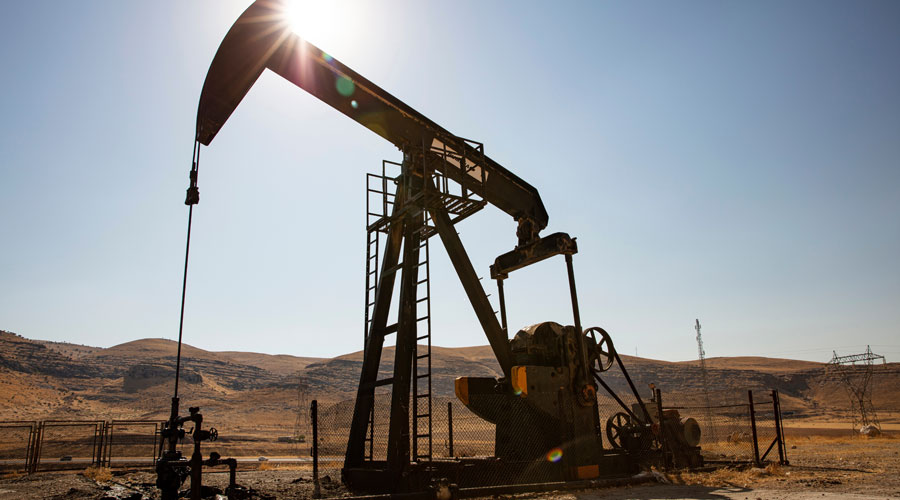
November 24, 2022
General Servicing Precautions for Wells
Working on an existing well to restore or increase oil and gas production is an important part of today’s petroleum industry, yet these operations present many occupational hazards for workers. The following list highlights potential hazards and safety solutions to promote a hazard-free work environment.
Removing the Horsehead
Hazards:
- Unit starts up while working on the equipment.
- Being struck by counterweights on the pumping unit.
- Being struck by a dropped horsehead or caught between the horsehead and walking beam.
- Falling from high elevations.
Solutions:
- Use lockout/tag out to mechanically secure the flywheel.
- Inspect all slings before use.
- Use tag lines to position the horsehead when removing or lowering, and to keep employees clear of suspended loads.
- Use the correct tools for the task at hand.
- Keep fingers and hands away from pinch points.
- Secure tools from falling, and keep areas below clear of others.
- Use proper personal protective equipment (PPE) and abide by the fall protection program.
Removing the Wellhead and Pulling and Running Rods
Hazards:
- Being struck by released pressure or flying particles.
- Being struck by the wrench or hammer while removing bolts and fittings.
- Getting caught between the wellhead, hydraulic wrenches and wellhead fittings.
- Getting your fingers and hands pinched and caught between flanges and valves.
- Falling into well cellars.
Solutions:
- Stand clear of valves and fittings when removing the fitting or bleeding off pressure.
- Check the wellhead pressure and bleed pressure off before removal.
- Wear proper PPE: hard hat, work gloves, safety-toed footwear and safety glasses or goggles.
- Keep your fingers and hands away from pinch points.
- Cover open cellars and wear appropriate fall protection.
- Use caution while others are working overhead.
- Avoid carrying tools while climbing the derrick ladder. Instead, raise tools with a line to any worker above the derrick floor.
Pulling and Running Tubing
Hazards:
- Being struck by elevators and travelling blocks as they are raised and lowered.
- Getting fingers and hands pinched between elevators and tongs or tubing collars.
Solutions:
- Stand clear of tongs and slip areas when lowering the elevator and travelling block.
- Use handles on elevators as they are descending into place over the tubing.
- Inspect and maintain all ladder equipment.
For more information on risk management, oil and gas insurance, or to find out how to reduce your insurance costs call CMB at 780.424.2727 or click here to get a quote.
